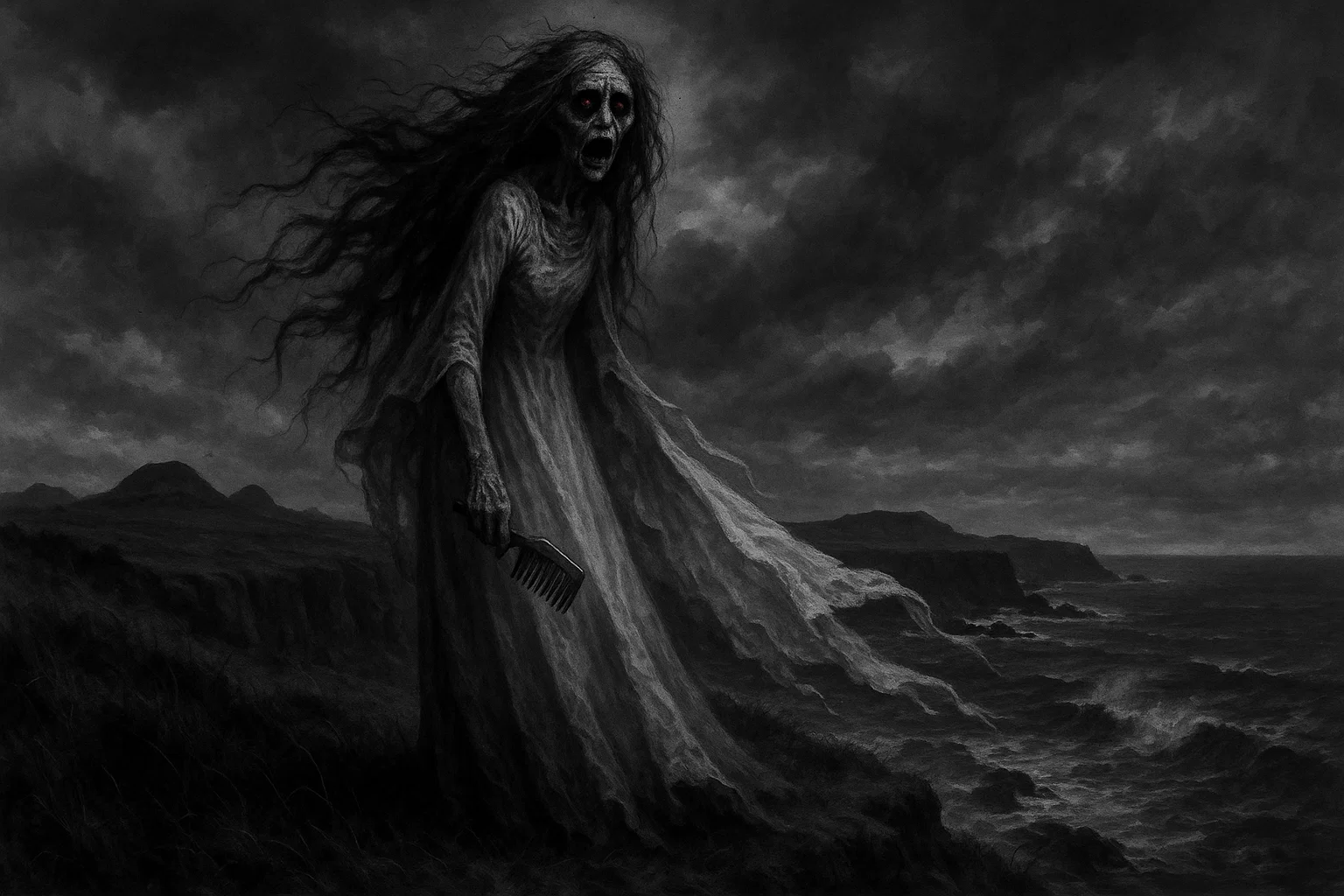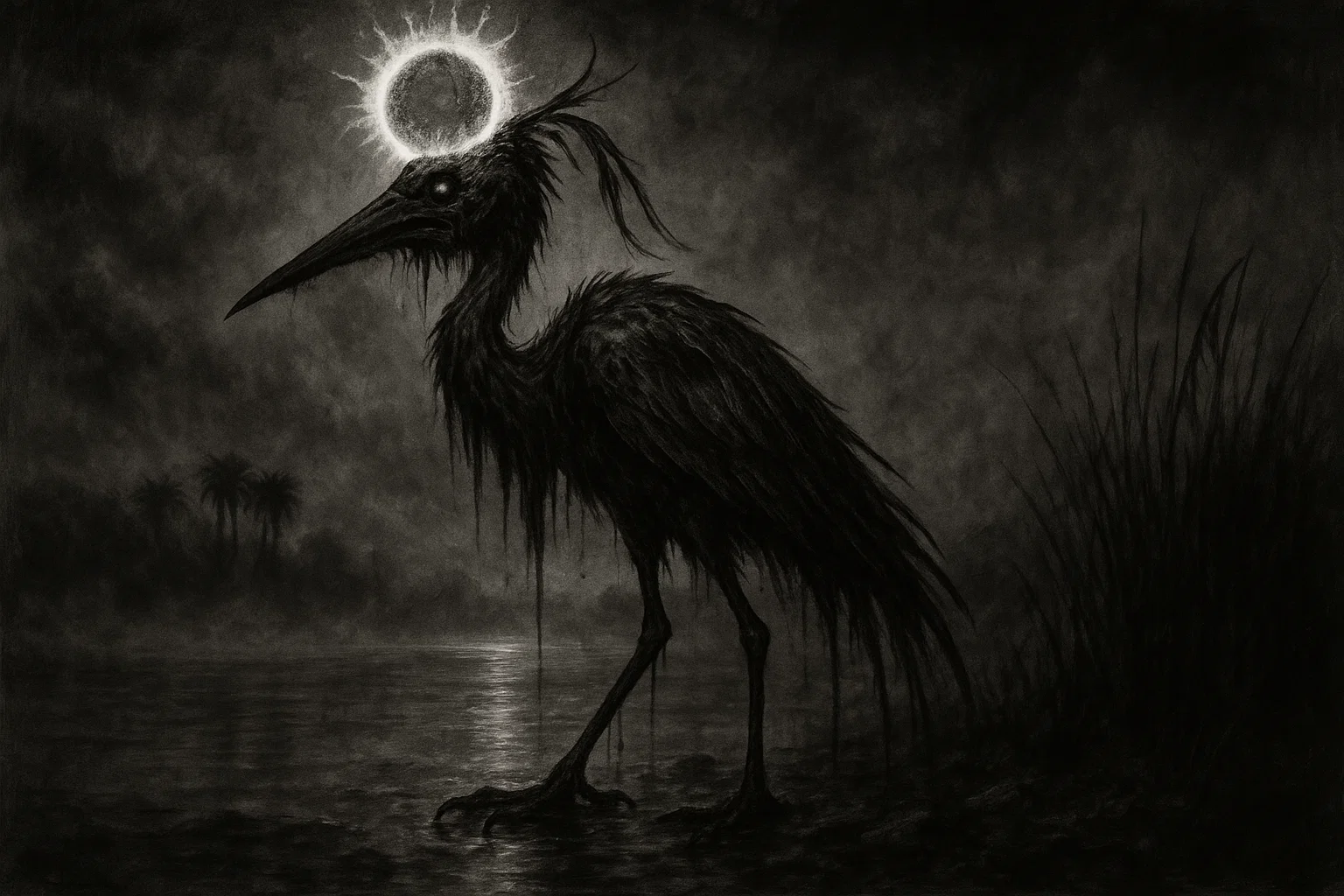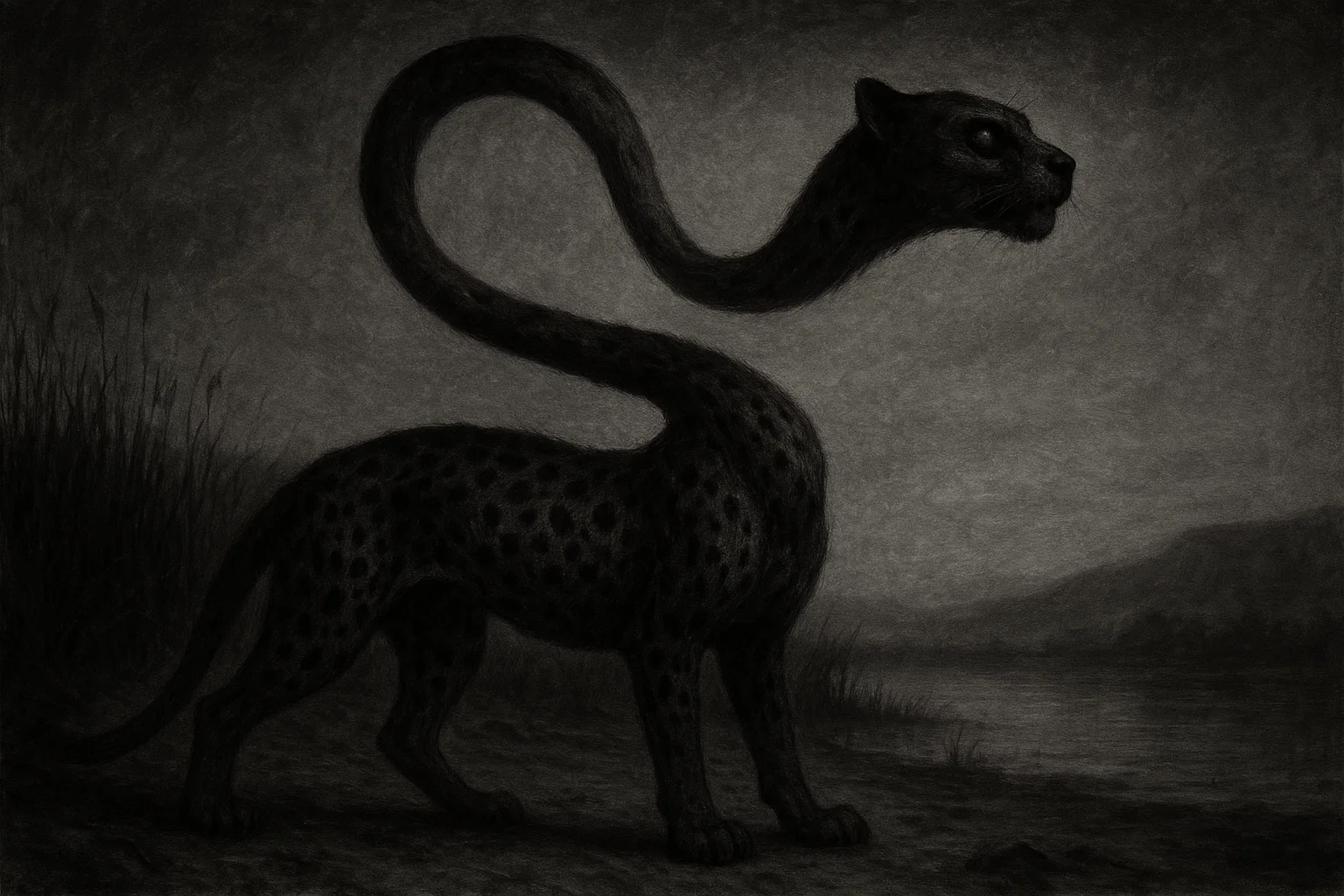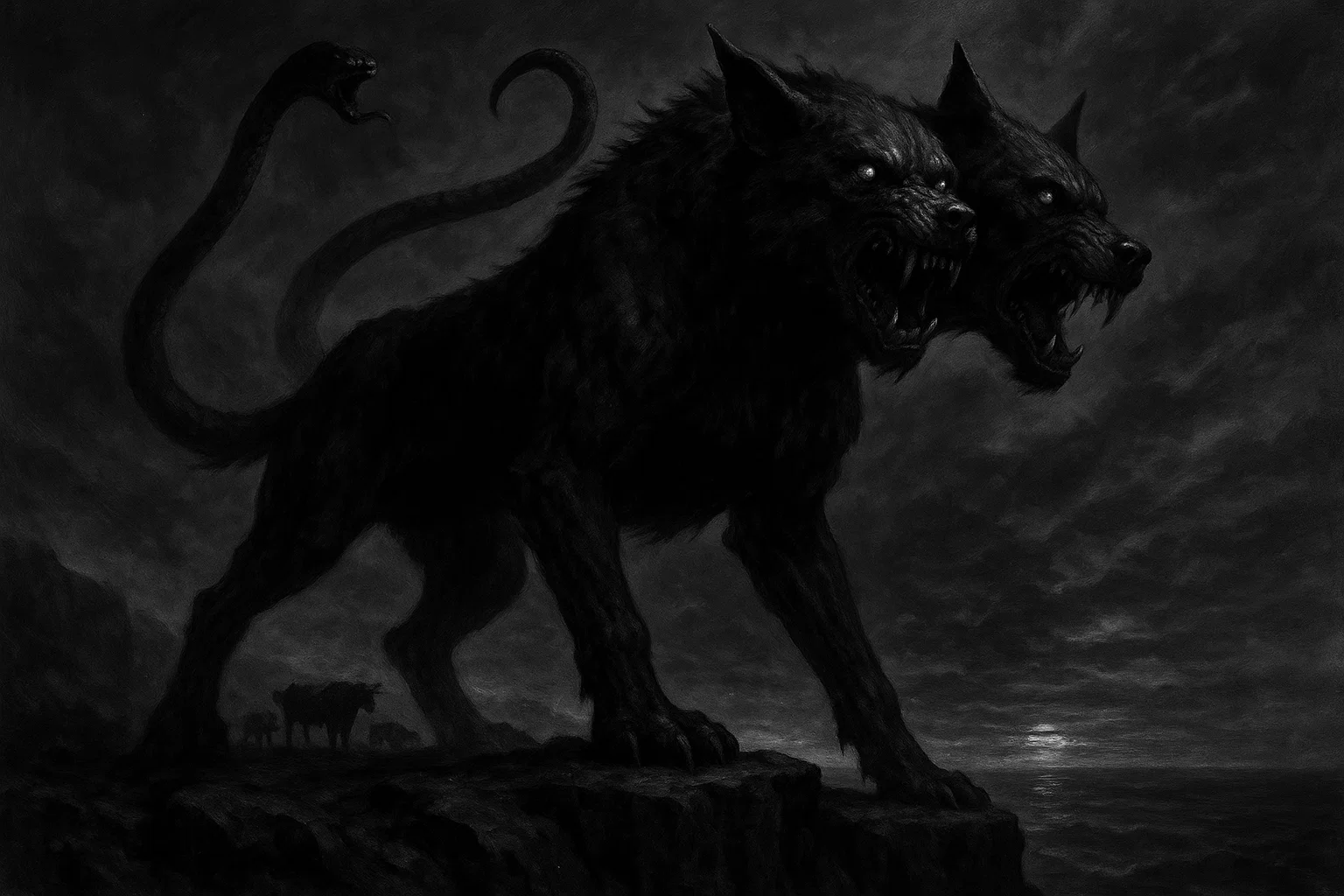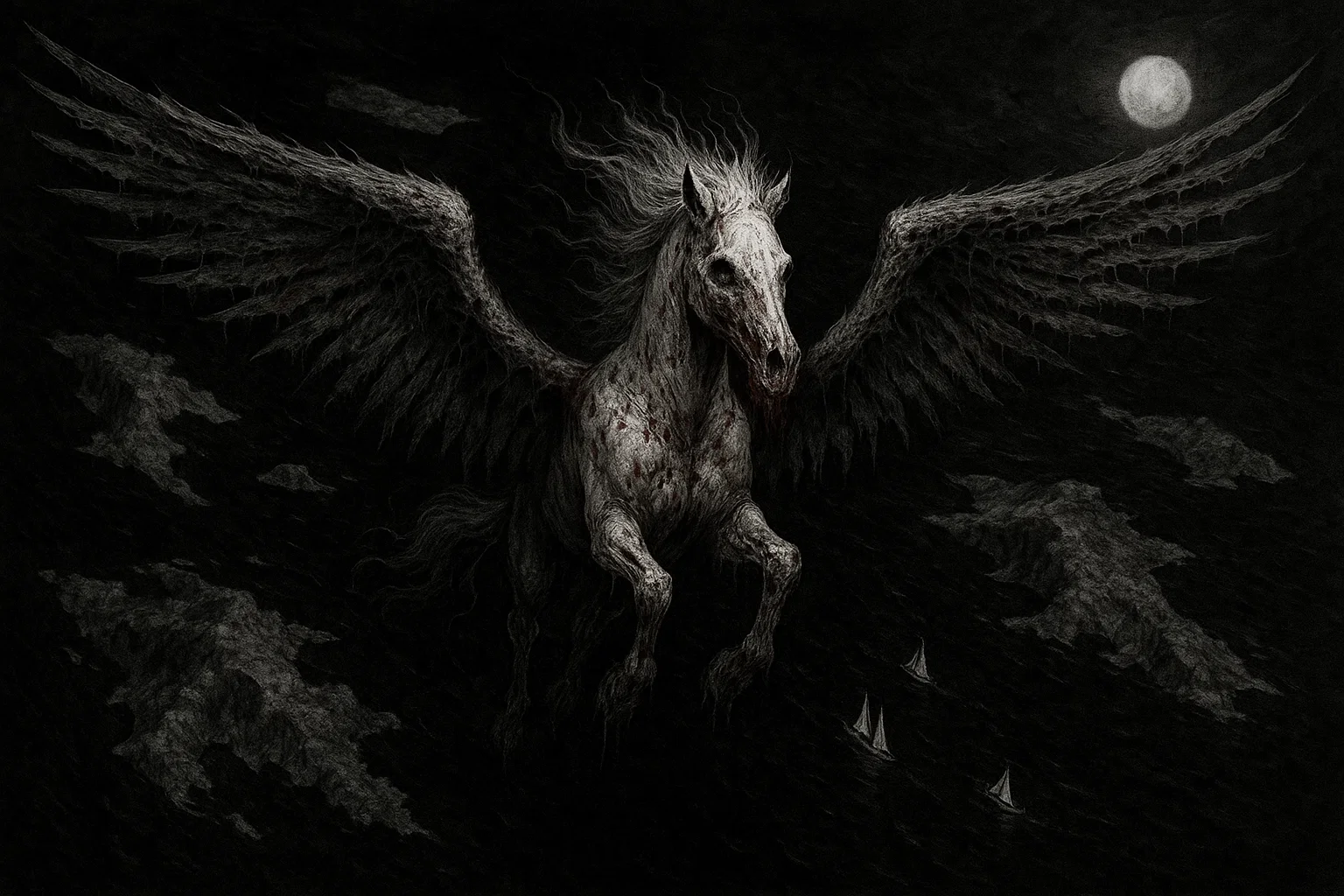In the mid-1980s, a peculiar Kleenex commercial aired in Japan, featuring a woman in a white robe and a child dressed as an Oni (a Japanese demon).
Known as the cursed Kleenex commercial, this 30-second ad quickly became infamous due to its unsettling imagery and eerie soundtrack, sparking widespread fear and fascination.
Urban legends soon emerged, claiming the commercial was cursed, with tales of mysterious deaths, supernatural occurrences, and even demonic pregnancies.
This article explores the history, myths, and reality behind the cursed Kleenex commercial, unraveling one of Japan’s most enduring paranormal mysteries.
Summary
What Is the Cursed Kleenex Commercial?
The cursed Kleenex commercial is a 30-second advertisement that aired in Japan, likely in 1985 or 1986, as part of a Kleenex marketing campaign.
The ad features actress Keiko Matsuzaka dressed in a flowing white robe, sitting on a bed of hay against a dark red background. Beside her is a child costumed as an Oni, a traditional Japanese demon, with red-painted skin, a green wig, a horn, and an animal-print diaper.
In the ad, Matsuzaka gently pulls a tissue from a Kleenex box, lets it float away, and makes affectionate gestures toward the child, all set to a haunting, minor-key rendition of the song “It’s a Fine Day” by Jane.
The commercial’s surreal and unsettling tone led to immediate public backlash, with viewers reporting feelings of unease, fear, and even physical illness.
Cursed Kleenex Commercial History
The cursed Kleenex commercial was one of three advertisements produced by the ad agency Dentsu and Kimberly Japan (not Kimberly-Clark) for Kleenex in the mid-1980s.
While two other ads in the series featured angelic figures and were relatively uncontroversial, the Baby Ogre version, as it’s sometimes called, stood out for its bizarre and eerie presentation.
Sources differ on the exact airing date, with some citing 1985 (noted in a June 1985 Weekly TV Guide mention) and others 1986, reflecting a minor discrepancy in historical records. For clarity, this article refers to the mid-1980s as the likely timeframe.
Almost immediately after airing, television stations and Kleenex corporate received a flood of complaints from viewers who found the commercial deeply disturbing.
Many pointed to the minor-key rendition of “It’s a Fine Day”, the unsettling red background, and the Oni child’s emotionless expression as sources of discomfort. Some viewers even claimed the ad caused night terrors or physical illness, prompting its swift removal from the airwaves.
The exact reason for its withdrawal remains unclear, but the public’s visceral reaction likely played a significant role.
The commercial’s removal did not end its story. Instead, it gave rise to a series of chilling urban legends. Rumors circulated that the entire film crew, including director Jin Ichikawa, met untimely deaths in freak accidents, such as a horrific car crash or being locked in a sauna.
Another tale claimed the child actor playing the Oni died shortly after filming, possibly due to toxic body paint. The most persistent myths centered on Keiko Matsuzaka, alleging she died, suffered a mental breakdown requiring institutionalization, or gave birth to a “demon baby” as a result of her involvement.
Additionally, some claimed the song “It’s a Fine Day” was a German curse with lyrics translating to “Die, die, everyone is cursed and will be killed,” despite the song being in English and a known pop tune from the 1970s.
The legend gained new life when the commercial resurfaced on YouTube on May 23, 2006, uploaded by user derioderio under the title “Japanese baby ogre Kleenex commercial”.
The video amassed over a million views, reigniting interest in the curse. Some viewers reported that watching the ad at midnight caused supernatural effects, such as the Oni child’s face turning blue or the video glitching with eerie noises.
These claims were later attributed to edited hoax videos, such as one uploaded by Shrouded Hand on March 25, 2013.
Investigations have debunked most of these rumors. Keiko Matsuzaka is alive and active in Japanese media, and there is no evidence linking the crew or child actor’s deaths to the commercial.
Director Jin Ichikawa passed away in 2008 from a brain hemorrhage, but this was unrelated to the ad. The song “It’s a Fine Day” by Jane and Edward Barton is a standard pop track with no cursed properties.
Despite these clarifications, the commercial’s eerie reputation persists, fueled by its unsettling aesthetics and Japan’s rich tradition of ghost stories.
You May Also Like: Is the Black Prince’s Ruby Really Cursed?
Who Is the Actor in the Cursed Kleenex Commercial?
The actress in the cursed Kleenex commercial is Keiko Matsuzaka, a celebrated figure in Japanese entertainment.
Born on July 20, 1952, in Ōta, Tokyo, Matsuzaka began her career as a child actress in the 1960s, working for studios like Daiei and Shochiku.
She gained prominence through roles in films such as “Naniwa no Koi no Torajirō” (1981) and “Legend of the Eight Samurai” (1983). Her television credits include “Ultra Seven” (1968), “Kunitori Monogatari” (1973), and “Atsuhime” (2008).
Matsuzaka has won multiple awards, including Best Actress at the 6th Hochi Film Award for “The Gate of Youth” and “Tora-san’s Love in Osaka”.
Matsuzaka has also appeared in numerous commercials for brands like Nippon Menard Cosmetic Co., Nissin Foods, and, notably, Kleenex.
Despite the urban legends claiming she died or suffered mental health issues due to the cursed Kleenex commercial, Matsuzaka remains active in Japanese media as of 2025, with recent appearances in “Ranman” (2023) and “Asura no Gotoku” on Netflix (2024).
Her involvement in the commercial is a minor but intriguing part of her illustrious career.
Theories
The cursed Kleenex commercial has inspired numerous theories attempting to explain its reputation as a cursed artifact.
Paranormal Perspectives
Supernatural Invocation: The depiction of an Oni, a malevolent figure in Japanese folklore, may have inadvertently invoked a real curse. The combination of the Oni child, the woman in white (reminiscent of ghostly yurei), and the eerie song could have tapped into supernatural forces.
Cursed Song: Some believe “It’s a Fine Day” contains hidden messages or cursed properties. Though debunked, the song’s minor-key arrangement and breathy vocals may have amplified its unsettling effect, fueling curse rumors.
Accidental Ritual: The commercial’s elements—white-robed woman, Oni child, hay, and floating tissue—might have unintentionally mimicked a ritual, summoning a curse or negative energy.
Cultural Taboo: Using an Oni in a commercial may have been seen as disrespectful to Japanese spiritual beliefs, potentially angering spirits or inviting bad luck.
Psychic Resonance: The ad’s unsettling imagery may have resonated with viewers’ subconscious fears, creating a collective belief in its cursed nature that manifested as reported paranormal experiences.
You May Also Like: The Midnight Traveler | Horror Story
Rational Perspectives
Exaggerated Rumors: The commercial’s disturbing tone led to exaggerated stories that spread through word of mouth in the pre-internet era, growing more sensational with each retelling.
Internet Amplification: The 2006 YouTube upload reignited interest, with online communities amplifying existing rumors and creating new ones, such as the midnight viewing effects.
Cultural Context: Japan’s rich tradition of ghost stories (kaidan) and urban legends, like Kuchisake-onna, made viewers more likely to interpret the ad as cursed.
Psychological Effect: The ad’s eerie aesthetics, including the red background and minor-key music, triggered psychological discomfort, leading viewers to attribute supernatural causes to their unease.
Misinformation Spread: False claims about crew deaths or Matsuzaka’s fate likely stemmed from misinformation or confusion with other events, perpetuated by the lack of immediate fact-checking in the 1980s.
You May Also Like: The 1986 Kobe Middle School Murders | Horror Story
Cursed Kleenex Commercial vs Other Curses
The cursed Kleenex commercial shares similarities with other urban legends and cursed media, particularly those involving visual or supernatural elements:
| Curse/Urban Legend | Description | Similarities |
|---|---|---|
| Poltergeist Curse | Cast and crew of the 1982 film Poltergeist faced mysterious deaths and accidents. | Both involve claims of production-related deaths. |
| Exorcist Curse | The 1973 film The Exorcist was plagued by accidents, deaths, and strange events during production. | Both are tied to supernatural themes and alleged curses. |
| The Ring (Ringu) | A fictional cursed videotape in the 1998 Japanese film Ringu causes death within seven days. | Both involve a cursed visual medium affecting viewers. |
| Miyuki Hatoyama’s Cursed Fingers | A Japanese urban legend about a woman with cursed fingers causing misfortune. | Both are Japanese legends involving curses. |
| The Hands Resist Him Painting | A 1972 painting by Bill Stoneham, said to be haunted with moving figures. | Both are visual media with paranormal claims. |
| The Crying Boy Paintings | 1950s paintings blamed for surviving house fires while homes burned. | Both involve visual media tied to supernatural claims. |
| The Dybbuk Box | A wine cabinet allegedly possessed by a dybbuk, causing misfortune. | Both are objects linked to curses. |
| The Monkey’s Paw | A fictional story about a cursed paw granting wishes with dire consequences. | Both involve curses affecting those who interact with them. |
| Kuchisake-onna | A Japanese legend about a slit-mouthed woman who terrorizes victims. | Both are Japanese and involve paranormal entities. |
| The Elevator Game | A ritual said to transport players to another dimension via an elevator. | Both involve supernatural phenomena triggered by specific actions. |
| The Omen Curse | The 1976 film The Omen was linked to accidents and eerie events during production. | Both involve claims of cursed productions. |
| Annabelle Doll | A doll allegedly possessed, causing paranormal activity. | Both are tied to cursed objects or media. |
| The Bell Witch | A 19th-century American legend about a witch haunting a family. | Both involve supernatural curses. |
Is the Curse Real?
The cursed Kleenex commercial is likely not cursed, based on available evidence. The urban legends surrounding it—crew deaths, the child actor’s demise, and Keiko Matsuzaka’s supposed misfortunes—have been debunked.
Matsuzaka remains active in Japanese media, and no verifiable records link the crew or child’s deaths to the ad. Claims of supernatural effects, such as midnight glitches, are attributed to edited videos or hoaxes. The song “It’s a Fine Day” is a standard pop track with no cursed properties.
The commercial’s eerie reputation likely stems from its unsettling aesthetics and Japan’s cultural affinity for ghost stories, amplified by the internet age.
As of 2025, the cursed Kleenex commercial remains a popular topic in paranormal circles, featured in lists of creepy ads and urban legends. Its enduring mystique highlights the power of storytelling and the human fascination with the unknown, making it a captivating footnote in advertising history.



